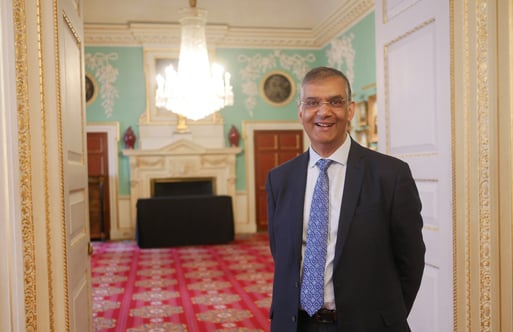A key challenge for IoT innovation is data interoperability: how to make different datasets, stored on different platforms and using different data models, be more easily used together. This is particularly true in the connected cities context where a wide range of sensor data is often available from multiple data providers using a variety of IT infrastructure. The connected cities challenge is to use this data to produce a more efficient and pleasant city in which to live and work.
To take a specific example, BT is a leading partner in the CityVerve project (cityverve.org.uk) where its main role is the provision of a Hypercat-enabled internet of things (IoT) data hub, which will be one of several data platforms within the project, making interoperability vital - so that data from multiple platforms can be easily combined.
The Hypercat specification was developed by IBM, BT and others as part of earlier Innovate UK-funded projects (www.hypercat.io). It’s ideal for addressing the challenge of interoperability and avoiding the siloed approaches that have formerly stymied some connected cities projects.
Breaking down barriers
The specification helps towards a key objective of seamless interoperability and breaking down information siloes in IoT ecosystems.
We want to see how we can use data that is transport-related in combination with, for example, data concerning the environment or healthcare.
Hypercat achieves this by aggregating many heterogeneous data sources and then publishing that data to a hub in a uniform way via a defined JSON file format with an associated RESTful API for querying the resultant data catalogue.
This effectively lowers the barrier to participation in an IoT ecosystem. An SME with an innovative idea for an application, for instance, might require data from multiple sources, perhaps hosted on more than one hub to make that idea work. With Hypercat, the leg work of pulling data from those various sources together is already done.
This fosters innovation and produces economies of scale by preventing multiple partners from incurring the costs associated with aggregating the data individually.
Reading robots
Another key aspect of Hypercat is that it publishes its data catalogue in a way that is machine-readable.
This means that a computer program can automatically interrogate the hub and see what data is of use. Crucially, it doesn’t require a human to be in the loop to make these discoveries - an important factor in standardising the collection of relevant data from the hub.
In this way, a program can be used to make simple queries of the dataset: ‘what data is available about air quality in Greater London?’ or ‘what data is available about traffic speeds on Oxford Road?’ for instance. In a nutshell: ‘what data do you have, and how do I get hold of it?’
Open to all
Hypercat’s current status with the British Standards Institute is as a publicly available specification (PAS). This means that it hasn’t been adopted as standard as such - but a PAS is the first step on the route to standardisation, and the BSI is considering the most appropriate international standards body for Hypercat.
In summary
Key to delivering the full potential of the IoT in its application in connected cities and elsewhere is interoperability to create a thriving ecosystem. We need to connect the unconnected – which lowers barriers, fosters innovation and avoids the dangers of data becoming hidden in silos, with a recent analyst report estimating that as much as 40 per cent of the value of IoT solutions can get lost if data isn’t made available across the entire ecosystem.

















